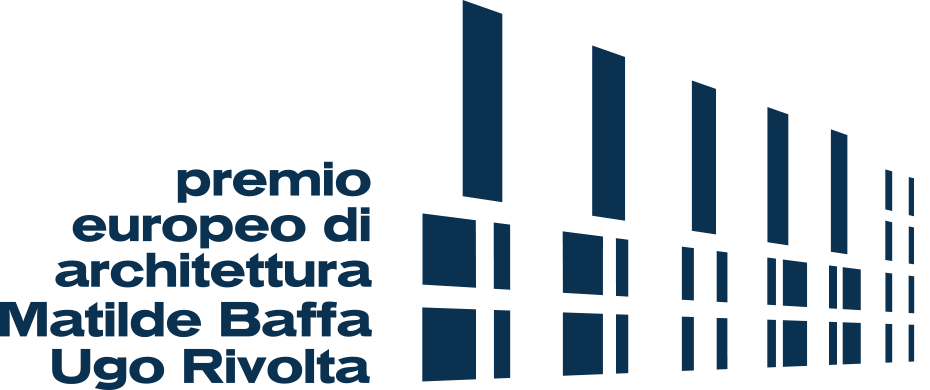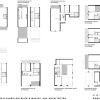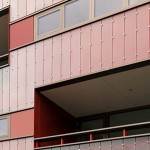
01 Jul 21 – ANA ARCHITECTS – Masira, Amsterdam (NL)
AUTHOR
Designer or design team: ANA architecten
Marcel van der Lubbe en Jannie Vinke
The project has been submitted by: Jannie Vinke
Plot area: 6.998 mq
Gross Area: 12.750 mq
Of which
Residential: 100%
Public/communal areas: 0
Facilities for the public: 0
Business/trade: 0
Offices: 0
Number of residential units: 106
Typology of users: families, old-aged people, foreigners/immigrants, temporary residents, other
Total building costs:16.303.000,00 €
Building Cost = Total Building Cost / Gross Area: 1.278,00 €/mq
Floor area ratio = Gross Area / Plot Area: 1.82
Work started on date: Wednesday, 1st September 2004
Work completion date: Thursday, 1st July 2004
DESCRIPTION
In the northern part of the Deflandplein area in the Slotervaart district in Amsterdam, ANA architecten designed a housing block containing 106 dwellings.
The urban plan for the Northern part of the Delflandplein anticipates in replacing the open urban fabric by closed building blocks. By doing so, the public domein will be formalized and architectonical entities will be clearly defined.
The project is a hybrid building; it refers both to the original open and transparent postwar city as to the new formal city with enclosed building blocks. The building is presented as a formal closed block, in which the organization of the dwellings follows sun orientation as in the modernistic housing slabs. Therefore, the building cannot be dissected in a formal exterior and an informal interior. Hence the conceptual name of the project: inside out.
The project provides in a big variety of housing types for many different target groups, from studio’s for singles to city-appartments for big families. The building contains dwellings for purchase as well as for rent. This mix is possible by means of a variation in access typologies, outdoor spaces and floor areas per dwelling.
Within a generic concept for the facades, in which both formal and informal use, front and back, interior and exterior merge, the clusters of dwelling types as well as the individual dwellings are identifiable. The skin of the building consists out of two layers: a transparent outer skin and an orange inner skin. In between these two skins galleries, balconies and terraces evolve.
The layout of the facade intermediates between the closed walls of the formal building block with window openings and the abstract façade-structures with infill’s from the postwar housing in the environment. The glass of the exterior skin is provided with a dotted relief, which generates an abstract yet tactile effect. Seen diagonally, the façade gains the color of the sky, whereas seen from a frontal position, the orange inner skin shines through the glass. This way, the building is always perceived in a different way; as a chameleon the building is continuously fading its color in a rapidly transforming district.
OWNERSHIP
Promoter: Farwest / De Principaal
Allotment rule: —
Reduction cost percentage compared to the market value:
assigment and rent: 10%
LOCATION
Country: The Netherlands
City/town: Amsterdam
Address:Rijswijkstraat, Kwintsheulstraat Loosduinenstraat


















Sorry, the comment form is closed at this time.